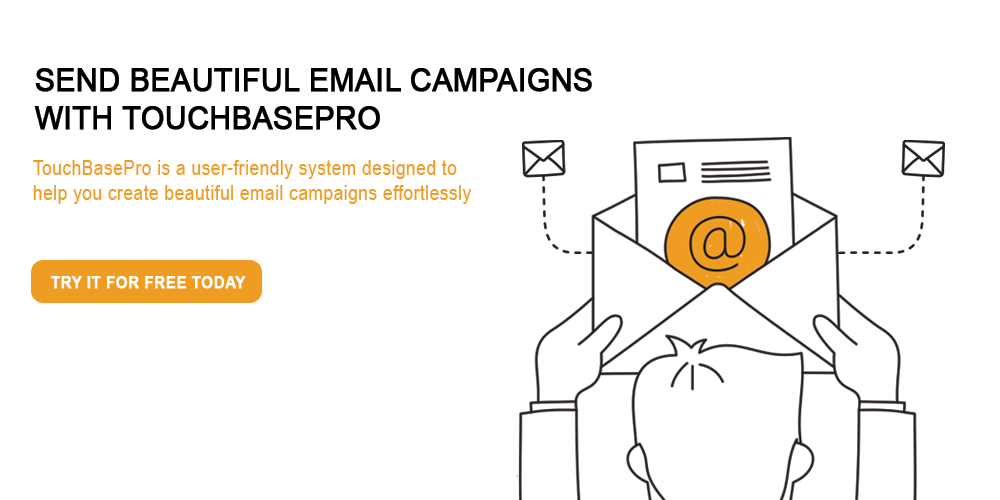While you might be tempted to just add your new subscribers to your list and forget about them until you need to send an email campaign, you’re missing out on a golden opportunity to interact with them via a welcome email. A welcome email is your customer’s first impression of things to come, so it’s important to make it a good one.
Why are welcome emails so important?
Sending a welcome email as soon as a customer signs up will net you more than just good first impressions. According to this research from Easy-SMTP, welcome emails have an 86% lift in unique open rates, 196% lift in unique click rate, and they get a whopping 320% more revenue than standard promotional emails! Part of the reason for the stats on welcome emails being so impressive, is because you’re already top of mind when someone signs up to your email list. Sending a welcome email straight away means that you’re engaging with your new subscriber at a time when they’re most receptive to your communications. So let’s make it count!
How do I make a good welcome email?
A well put together welcome email is a combination of lots of factors:
Your timing matters:
Engaging with your new subscribers immediately is vitally important, as already stated you’re top of mind at that moment. Real-time welcome emails see 10 times the transaction rate of welcome emails sent in batches at a later stage. Batched welcome emails make your subscriber feel like an afterthought.
Your name matters:
Sending a welcome email from noreply@yourcompanyemailaddress.com is generic and unthoughtful, and makes your customers feel like they can’t interact with you. So get personal with your name and email address and your subscriber will feel like they’re getting the personal attention they deserve.
Their name matters:
Personalising the content of your campaign is another step to fostering a good relationship with a subscriber. I’d much rather get an email that says “Thanks for signing up, Timothy” than “Hi there!” or “Welcome, dear customer”. Make your customer feel like they’re the centre of attention with your welcome email (because they are!) and they’ll be far more receptive to interacting with you.
Your copy matters:
Now, on to the crux of the matter. What you choose to put in your welcome email is important. You’ve got to make it interesting to your new subscribers, it’s got to be engaging, as well as impart any important information you might need to share with your new subscribers.
A good first step is to thank the customer for joining your list, they’ve done something nice for you after all! Then, let them know what to expect from you and your website (great deals, interesting articles or exclusive content) to reiterate the value that they’re getting now that they’ve signed up. This is also a good time to let subscribers in on information they might not have yet, like getting started guides, links to privacy policies or terms and conditions and so on.
Just remember, keep the copy short and easy to read. Just because you have their attention, doesn’t mean your new subscribers want to read a novel then and there! Copy that’s short and to the point will be welcomed.
Don’t forget to include call-to-actions or exclusive offers to new subscribers in order to encourage interaction with your email.
What happens after the welcome email?
The welcome email is just the start of what will hopefully be a long and happy relationship with that subscribers. You’ve used it to set the base-line for your communications with them, so make sure you continue to be thoughtful, engaging and interesting.
The most important thing is to keep your promises. If subscribers opted in to hear from you on a weekly basis, keep the frequency up. If they signed up for exclusive deals and special offers, make sure you deliver on those. If they wanted to hear about certain subjects, don’t start emailing them about things that are off-topic. Be consistent in your tone, delivery and frequency and you’ll keep your recipients happy for the long haul.
